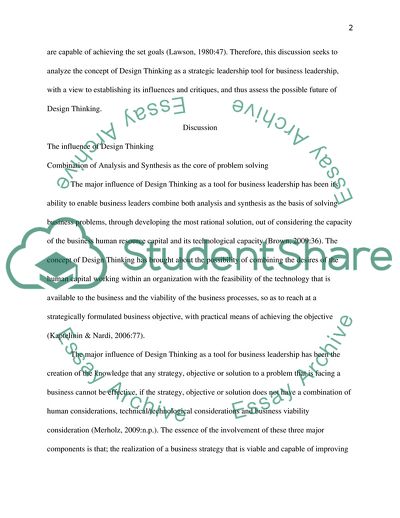Cite this document
(What is Design Thinking Essay Example | Topics and Well Written Essays - 2000 words, n.d.)
What is Design Thinking Essay Example | Topics and Well Written Essays - 2000 words. https://studentshare.org/design-technology/1827000-what-is-design-thinking
What is Design Thinking Essay Example | Topics and Well Written Essays - 2000 words. https://studentshare.org/design-technology/1827000-what-is-design-thinking
(What Is Design Thinking Essay Example | Topics and Well Written Essays - 2000 Words)
What Is Design Thinking Essay Example | Topics and Well Written Essays - 2000 Words. https://studentshare.org/design-technology/1827000-what-is-design-thinking.
What Is Design Thinking Essay Example | Topics and Well Written Essays - 2000 Words. https://studentshare.org/design-technology/1827000-what-is-design-thinking.
“What Is Design Thinking Essay Example | Topics and Well Written Essays - 2000 Words”. https://studentshare.org/design-technology/1827000-what-is-design-thinking.


